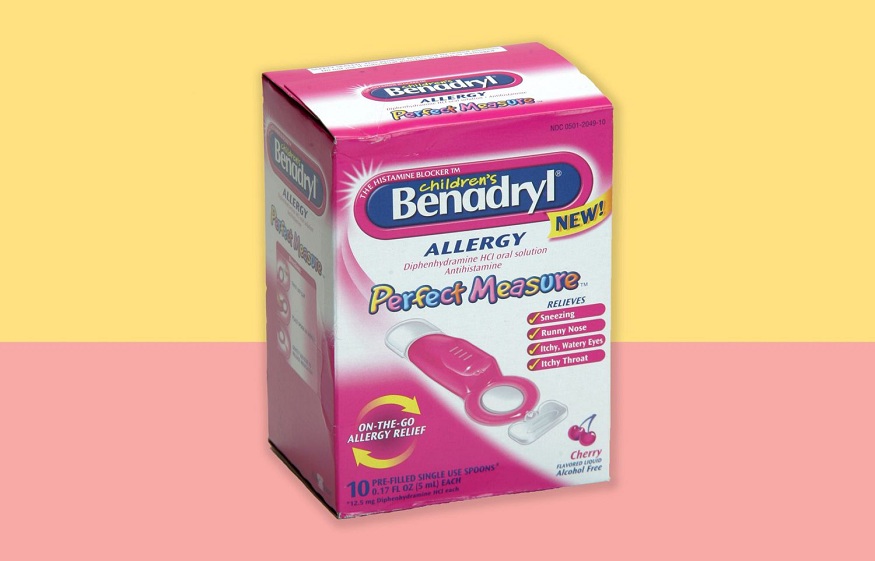When it comes to managing allergies, insect bites, or other allergic reactions in children, Benadryl (diphenhydramine) is a commonly used over-the-counter medication. It is an antihistamine that helps alleviate symptoms such as sneezing, itching, runny nose, and hives. However, as with any medication, it is crucial to administer Benadryl to children in the correct dosage to ensure both safety and effectiveness. In this article, we will explore the appropriate dosing guidelines for children and the essential considerations parents and caregivers need to keep in mind.
Here you go for the Benadryl Dosing Chart
Why Benadryl?
Benadryl is a popular choice for treating allergies and allergic reactions in children due to its long-standing track record of safety and effectiveness. It is available in various forms, including liquid, chewable tablets, and dissolvable strips, making it more manageable for kids who have difficulty swallowing pills. By blocking the action of histamines, Benadryl provides relief from allergy symptoms and helps manage mild to moderate reactions caused by insect stings, certain foods, or environmental triggers.
Age-Based Dosage Guidelines
The appropriate dosage of Benadryl for children depends on their age and weight. Always consult a pediatrician or healthcare professional before administering any medication to a child. However, the following are general guidelines that can serve as a reference:
Infants and Toddlers (6 months to 2 years)
Dosage: 3.75 mg to 6.25 mg per dose
Frequency: Administer every 4 to 6 hours as needed
Important Note: Do not use over-the-counter Benadryl products for children under 2 years without consulting a healthcare provider.
Children (2 to 5 years):
Dosage: 6.25 mg per dose
Frequency: Administer every 4 to 6 hours as needed
Children (6 to 11 years):
Dosage: 12.5 mg to 25 mg per dose
Frequency: Administer every 4 to 6 hours as needed
Adolescents (12 years and older):
Dosage: 25 mg to 50 mg per dose
Frequency: Administer every 4 to 6 hours as needed
Safety Precautions and Considerations: While Benadryl is generally safe for children when used appropriately, there are some precautions and considerations to keep in mind:
Always Follow Dosage Instructions: Stick to the recommended dosage guidelines based on your child’s age and weight. Avoid giving larger or more frequent doses than directed.
Read Labels Carefully: When purchasing Benadryl or any medication, carefully read the label to ensure it is suitable for your child’s age group. Some formulations may not be safe for young children.
Avoid Long-Term Use: Benadryl is intended for short-term relief of symptoms.
Be Cautious with Combination Medications: Some cold and allergy medications may contain diphenhydramine. Avoid giving multiple medications with the same active ingredient to prevent accidental overdose.
Consult a Healthcare Professional: If your child’s symptoms persist or worsen despite administering Benadryl, seek medical advice promptly.
Be Prepared for Side Effects: Benadryl may cause drowsiness, dizziness, dry mouth, or upset stomach in some children. Monitor their response to the medication and avoid activities that require alertness until you know how it affects them.
Conclusion
Benadryl can be a valuable tool in managing allergies and mild allergic reactions in children. By understanding the appropriate dosing guidelines and considering safety precautions, parents and caregivers can ensure the effective use of this medication. However, always consult a healthcare professional before administering any medication to children, as individual factors may influence the suitable dosage. Prioritizing safety and adhering to professional advice will help provide your child with the relief they need while minimizing potential risks.



